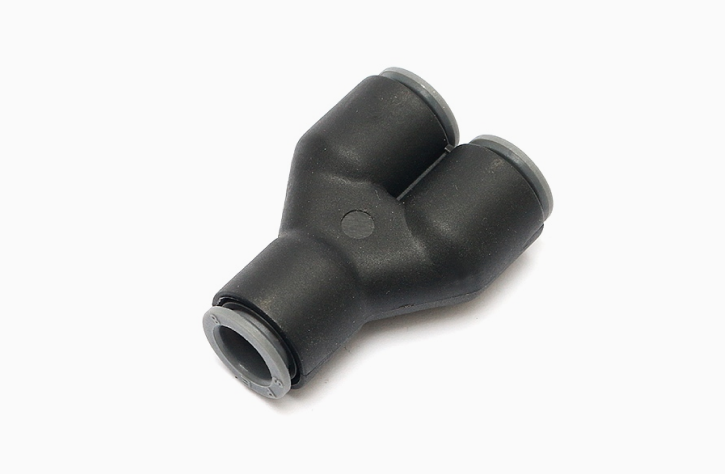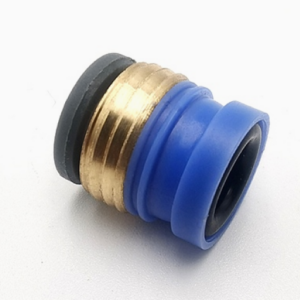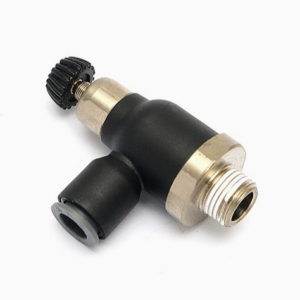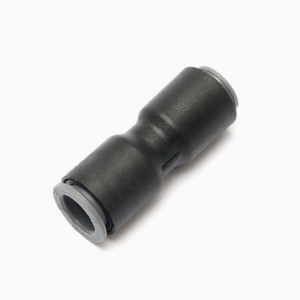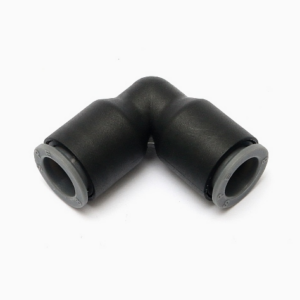Plastic Y Tee
This product adopts Sino-European cooperative technology and can replace imports. The main body of the product is made of engineering plastics, zinc and copper removed, high pressure resistance, acid and alkali resistance, and wide application.
Product Contents
Product Features:
(1) Legris pneumatic connector, model 3140, plastic Y-connector.
(2) Remove zinc and copper, the product is acid and alkali resistant, and the main body is made of engineering plastics.
(3) The product is resistant to low temperature and high pressure, and the bursting pressure can reach 5Mpa.
(4) The main body can be rotated to meet the installation requirements of pipelines at different angles.
(5) Positive and negative pressures are consistent, reducing gas leakage and ensuring strong stability.
(2) Remove zinc and copper, the product is acid and alkali resistant, and the main body is made of engineering plastics.
(3) The product is resistant to low temperature and high pressure, and the bursting pressure can reach 5Mpa.
(4) The main body can be rotated to meet the installation requirements of pipelines at different angles.
(5) Positive and negative pressures are consistent, reducing gas leakage and ensuring strong stability.
Specifications:
Scope of application
Compressed air, vacuum, water
Vacuum Capacity
755mmHg (99% vacuum)
Operating temperature
-20~+60℃
Work Pressure
When the working temperature is 0~10℃, it can reach 15Bar. The specific working pressure is related to the type of plastic pipe used.
Materials used
Engineering plastics, nickel-plated brass, nitrile rubber, stainless steel


Model:
BY
Working temperature:
-20℃/+60℃
Maximum operating pressure:
15 Bar
Material:
engineering plastics, nitrile rubber
Applicable media:
compressed air, vacuum, water
Vacuum rated pressure:
755 mmHg (99% vacuum)
Suitable for pipe outer diameter: Ø4, Ø6, Ø8, Ø10, Ø12, Ø1/8, Ø5/32, Ø1/4, Ø5/16, Ø3/8, Ø1/2
Precautions for using trachea pneumatic joints:
1. Make sure that the cut surface of the pipe is vertical, there are no scratches on the outer circumference of the pipe, and the pipe is not oval.
2. When inserting the pipe, be sure to insert it to the bottom of the joint. If the pipe is not inserted to the bottom, it may cause leakage.
3. After the pipes are connected, pull the pipes to make sure that the pipes cannot be pulled out of the joints.
4. Please do not use for purposes other than fluids.
5. Do not exceed the maximum operating pressure during use.
6. Do not use it outside the operating temperature range to prevent deformation of the sealing material, which may cause leakage.
7. Do not hit, bend or stretch it artificially to prevent damage.
8. Do not use in places mixed with metal powder or sand dust, as attachment of debris may cause malfunction or leakage.
2. When inserting the pipe, be sure to insert it to the bottom of the joint. If the pipe is not inserted to the bottom, it may cause leakage.
3. After the pipes are connected, pull the pipes to make sure that the pipes cannot be pulled out of the joints.
4. Please do not use for purposes other than fluids.
5. Do not exceed the maximum operating pressure during use.
6. Do not use it outside the operating temperature range to prevent deformation of the sealing material, which may cause leakage.
7. Do not hit, bend or stretch it artificially to prevent damage.
8. Do not use in places mixed with metal powder or sand dust, as attachment of debris may cause malfunction or leakage.
Notes when disassembling:
1. Use appropriate tools to disassemble the pipe joint using the outer hexagonal part of the pipe joint.
2. Remove the sealing material adhering to the opposite side of the pipe joint to prevent the adhering sealing material from entering the surrounding components and causing failure.
2. Remove the sealing material adhering to the opposite side of the pipe joint to prevent the adhering sealing material from entering the surrounding components and causing failure.

